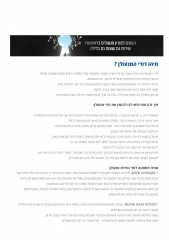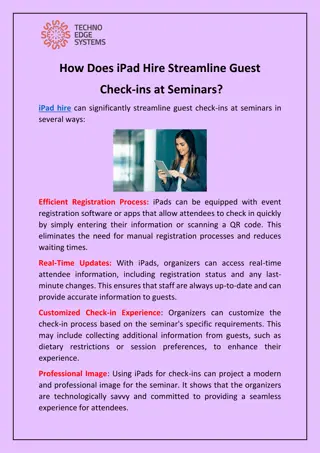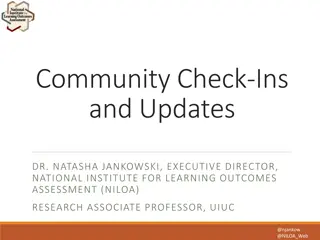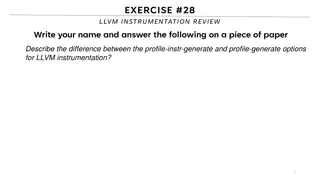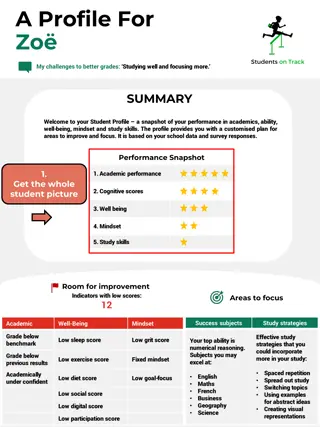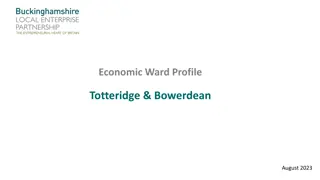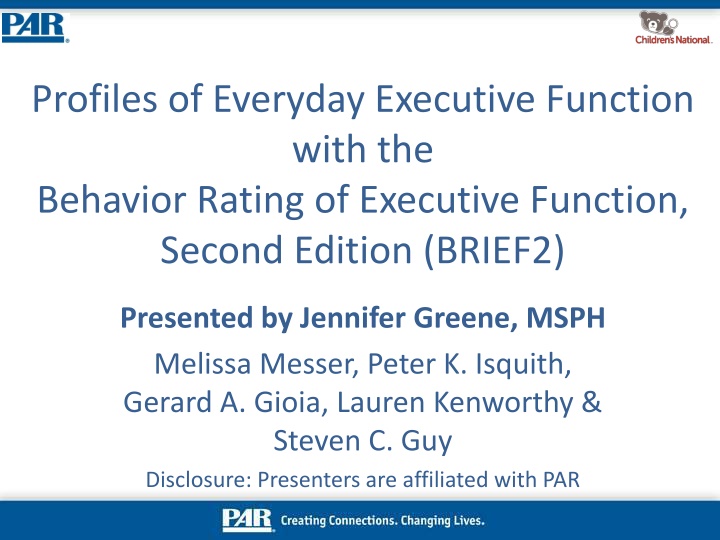
Profiles of Everyday Executive Function in Children with Developmental Disorders
"Explore profiles of executive function in children with developmental disorders using the Behavior Rating of Executive Function, Second Edition (BRIEF2). This study analyzed different diagnostic groups to understand variations in executive function behaviors. The BRIEF2 offers parent, teacher, and self-report forms to assess behavior regulation, emotion regulation, cognitive regulation, and the Global Executive Composite. Various disorders such as ADHD, Autism Spectrum Disorder, and Learning Disabilities were compared with typically developing children. The method involved ANOVAs to examine diagnostic group differences in BRIEF2 scores. Discover how executive function manifests in various developmental conditions through this insightful research."
Download Presentation

Please find below an Image/Link to download the presentation.
The content on the website is provided AS IS for your information and personal use only. It may not be sold, licensed, or shared on other websites without obtaining consent from the author. If you encounter any issues during the download, it is possible that the publisher has removed the file from their server.
You are allowed to download the files provided on this website for personal or commercial use, subject to the condition that they are used lawfully. All files are the property of their respective owners.
The content on the website is provided AS IS for your information and personal use only. It may not be sold, licensed, or shared on other websites without obtaining consent from the author.
E N D
Presentation Transcript
Profiles of Everyday Executive Function with the Behavior Rating of Executive Function, Second Edition (BRIEF2) Presented by Jennifer Greene, MSPH Melissa Messer, Peter K. Isquith, Gerard A. Gioia, Lauren Kenworthy & Steven C. Guy Disclosure: Presenters are affiliated with PAR
Background The Behavior Rating of Executive Function, Second Edition (BRIEF2) are rating scales designed to measure executive function in children ages five to 18. Parent, teacher, and self-report forms are available.
Objective We examined profiles of everyday executive function in children with different developmental disorders on the BRIEF2.
Instrument Parent Form: 63 items; Teacher Form: 63 items; Self-Report Form: 58 items Each item asks the parent to rate how often the child has experienced the behavior in the past six months, on a scale of Never (1), Sometimes (2) or Often (3).
Instrument (cont.) Measures nine clinical scales grouped into three indexes (Behavior Regulation, Emotion Regulation, Cognitive Regulation) All scales are also grouped into one overall composite, the Global Executive Composite (GEC).
Participants Sample Parent Teacher Self-Report ADHD-Combined presentation (ADHD-C) 218 110 22 ADHD-Inattentive presentation (ADHD-I) 159 113 71 Autism Spectrum Disorder (ASD) 262 106 22 Learning Disability (LD) 113 100 27 Gender/age matched typically developing children (TD) 752 429 142 Diverse samples identified on comprehensive clinical assessment Matched with typically developing children from the BRIEF2 standardization sample
Method Three separate mixed-model ANOVAs, one for each of the three BRIEF2 forms. Scores on each scale were treated as within- subjects variables Diagnostic group (TD, ADHD-C, ADHD-I, ASD, LD) was treated as the between-subjects variable.
Results All main effects and interactions were significant (p < .001) for each of the Parent, Teacher, and Self-Report forms. Clinical groups differed in terms of overall level, with some groups being rated as having much greater executive function difficulties overall than others. Clinical groups also had different profiles of elevations, or peaks and valleys, on the scales.
Overall Profiles Most groups were similarly elevated on the Working Memory, Plan Organize, and Task- Monitor scales with the exception of the LD group which had more modest elevations. Parent and Teacher ratings were similar. The highest elevation for all clinical groups on the Self-Report Form was on the Task Completion scale.
LD: Modest Cognitive Regulation Elevations 70 65 60 55 50 45 40 TD LD
ADHD-I: Cognitive Regulation Elevations 75.00 70.00 65.00 60.00 55.00 50.00 45.00 40.00 TD ADHD-I LD
ADHD-C: Peak on Inhibit Scale 75.00 70.00 65.00 60.00 55.00 50.00 45.00 40.00 TD ADHD-C ADHD-I LD
ASD: Peak on Shift Scale 75.00 70.00 65.00 60.00 55.00 50.00 45.00 40.00 TD ADHD-C ADHD-I ASD LD
Teacher Profiles Teacher ratings show similar profiles
Self-Report Profiles Self-report ratings less differentiated but similar profiles
Conclusions Findings are consistent with the notion that different diagnostic groups may have characteristic profiles of executive function strengths and weaknesses. That these are measurable on the BRIEF2 contributes to the body of evidence for valid interpretation of BRIEF2 scores in children with a wide range of disorders.


